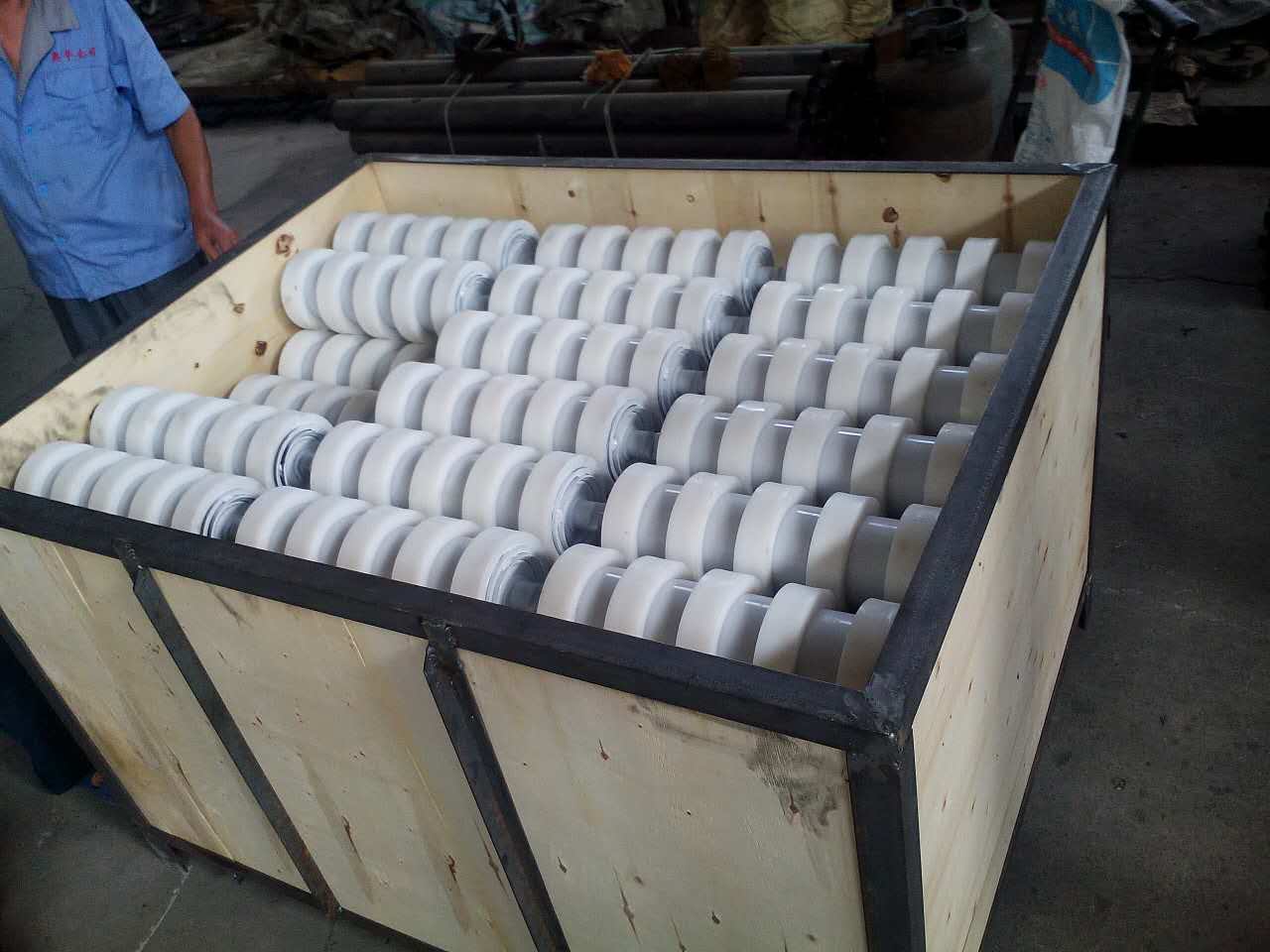 Afrikaans
Afrikaans  Albanian
Albanian  Amharic
Amharic  Arabic
Arabic  Armenian
Armenian  Azerbaijani
Azerbaijani  Basque
Basque  Belarusian
Belarusian  Bengali
Bengali  Bosnian
Bosnian  Bulgarian
Bulgarian  Catalan
Catalan  Cebuano
Cebuano  Corsican
Corsican  Croatian
Croatian  Czech
Czech  Danish
Danish  Dutch
Dutch  English
English  Esperanto
Esperanto  Estonian
Estonian  Finnish
Finnish  French
French  Frisian
Frisian  Galician
Galician  Georgian
Georgian  German
German  Greek
Greek  Gujarati
Gujarati  Haitian Creole
Haitian Creole  hausa
hausa  hawaiian
hawaiian  Hebrew
Hebrew  Hindi
Hindi  Miao
Miao  Hungarian
Hungarian  Icelandic
Icelandic  igbo
igbo  Indonesian
Indonesian  irish
irish  Italian
Italian  Japanese
Japanese  Javanese
Javanese  Kannada
Kannada  kazakh
kazakh  Khmer
Khmer  Rwandese
Rwandese  Korean
Korean  Kurdish
Kurdish  Kyrgyz
Kyrgyz  Lao
Lao  Latin
Latin  Latvian
Latvian  Lithuanian
Lithuanian  Luxembourgish
Luxembourgish  Macedonian
Macedonian  Malgashi
Malgashi  Malay
Malay  Malayalam
Malayalam  Maltese
Maltese  Maori
Maori  Marathi
Marathi  Mongolian
Mongolian  Myanmar
Myanmar  Nepali
Nepali  Norwegian
Norwegian  Norwegian
Norwegian  Occitan
Occitan  Pashto
Pashto  Persian
Persian  Polish
Polish  Portuguese
Portuguese  Punjabi
Punjabi  Romanian
Romanian  Russian
Russian  Samoan
Samoan  Scottish Gaelic
Scottish Gaelic  Serbian
Serbian  Sesotho
Sesotho  Shona
Shona  Sindhi
Sindhi  Sinhala
Sinhala  Slovak
Slovak  Slovenian
Slovenian  Somali
Somali  Spanish
Spanish  Sundanese
Sundanese  Swahili
Swahili  Swedish
Swedish  Tagalog
Tagalog  Tajik
Tajik  Tamil
Tamil  Tatar
Tatar  Telugu
Telugu  Thai
Thai  Turkish
Turkish  Turkmen
Turkmen  Ukrainian
Ukrainian  Urdu
Urdu  Uighur
Uighur  Uzbek
Uzbek  Vietnamese
Vietnamese  Welsh
Welsh  Bantu
Bantu  Yiddish
Yiddish  Yoruba
Yoruba  Zulu
Zulu Conveyor System Design for Head and Tail Pulleys Optimization
Understanding Conveyor Head and Tail Pulleys Key Components in Material Handling
Conveyor systems are essential in various industries, serving as the backbone for efficient material handling and transportation. Among the critical components of any conveyor system are the head and tail pulleys. These pulleys not only support the operation of the conveyor belt but also contribute significantly to its overall performance and longevity.
The Role of Head and Tail Pulleys
In a conveyor system, the head pulley is located at the discharge end, while the tail pulley is situated at the loading end. The primary function of the head pulley is to drive the conveyor belt, while the tail pulley serves as a tensioning device. Together, they create a closed-loop system, allowing for continuous movement of materials.
The head pulley is typically powered by an electric motor, which drives the belt as it rotates. This pulley often has a grooved surface that helps grip the belt securely, reducing the chances of slippage. Additionally, the head pulley may also be designed with added features, such as a crowned shape, to ensure proper alignment of the belt during operation.
Conversely, the tail pulley serves to maintain the tension of the conveyor belt. This tension is crucial as it prevents the belt from sagging or becoming loose, which could lead to operational inefficiencies or even damage. The tail pulley is usually equipped with an adjustable mechanism that allows operators to modify the tension based on the specific requirements of the application.
Importance of Proper Maintenance
Maintaining the head and tail pulleys is essential to ensure the smooth operation of a conveyor system. Regular inspections can help identify wear and tear that could compromise performance. For example, worn surfaces on the pulleys can lead to belt slippage, reduced grip, and increased energy consumption.
conveyor head and tail pulley

Lubrication is another vital aspect of maintenance. Proper lubrication of the bearings in both pulleys can reduce friction and overheating, extending the lifespan of the components. Operators should also ensure that the surfaces of the pulleys are clean and free from debris, which can cause additional wear and lead to operational failures.
Materials Used in Construction
Head and tail pulleys are constructed from durable materials that can withstand the harsh conditions often found in industrial settings. Common materials include stainless steel, rubber, and various alloys designed for maximum strength and resistance to corrosion and wear.
Choosing the right materials is essential for ensuring the efficiency and longevity of the conveyor system. Additionally, the design of the pulleys can often be customized to meet specific operational needs, such as differing belt sizes and loads.
Conclusion
Conveyor head and tail pulleys play a pivotal role in the functioning of material handling systems. Their design, maintenance, and material selection all contribute to the efficiency, reliability, and safety of conveyor operations. By understanding the importance of these components, operators can implement effective maintenance strategies and make informed decisions regarding any modifications or upgrades to their conveyor systems.
Ultimately, investing time and resources into the proper management of head and tail pulleys can significantly enhance the productivity of a conveyor system, decrease downtime, and prolong the lifespan of the equipment. Whether in manufacturing, mining, or distribution, these unassuming components are critical to the seamless movement of materials in various applications.
-
Revolutionizing Conveyor Reliability with Advanced Rubber Lagging PulleysNewsJul.22,2025
-
Powering Precision and Durability with Expert Manufacturers of Conveyor ComponentsNewsJul.22,2025
-
Optimizing Conveyor Systems with Advanced Conveyor AccessoriesNewsJul.22,2025
-
Maximize Conveyor Efficiency with Quality Conveyor Idler PulleysNewsJul.22,2025
-
Future-Proof Your Conveyor System with High-Performance Polyurethane RollerNewsJul.22,2025
-
Driving Efficiency Forward with Quality Idlers and RollersNewsJul.22,2025





























